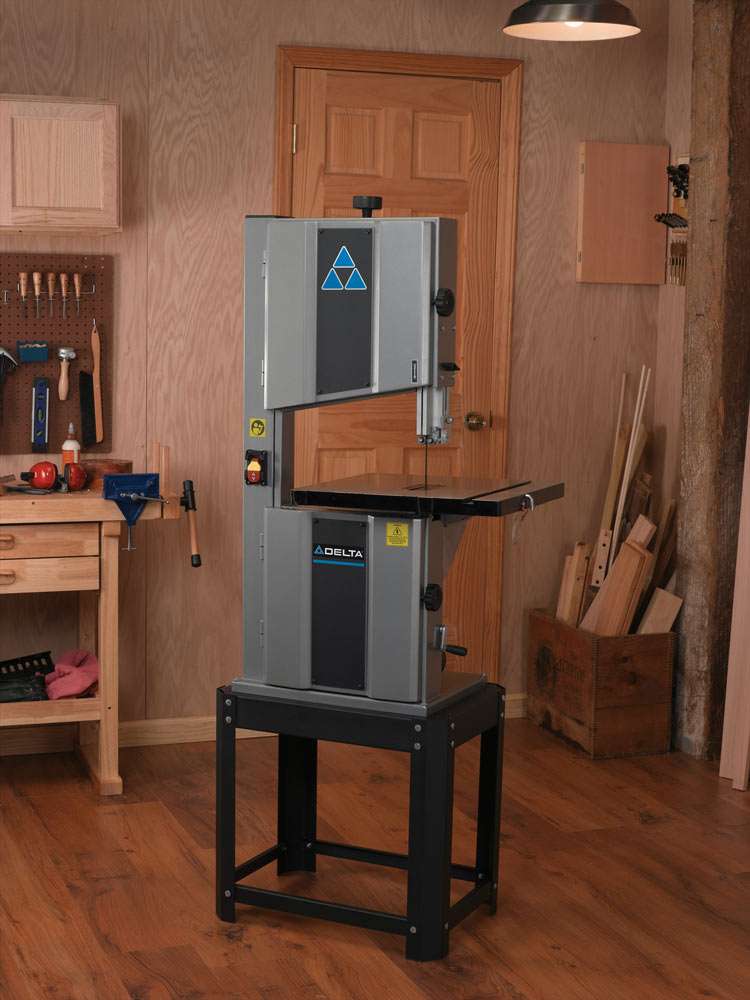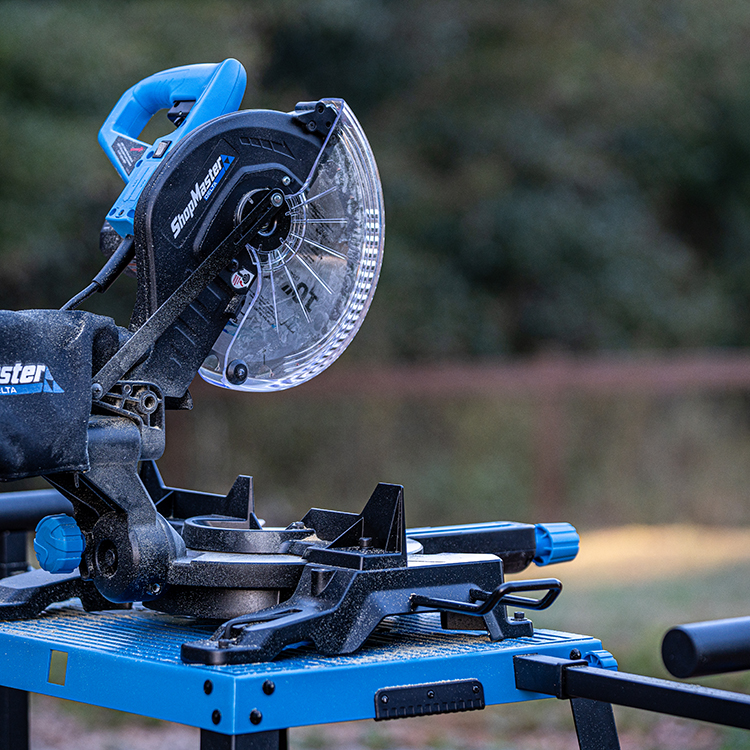Tool Maintenance 101:
Tips for Keeping Your Woodworking Tools in Top Condition
Woodworking tools are the backbone of any woodworker’s craft, enabling precise cuts, smooth finishes, and flawless joinery. To ensure your tools continue to perform at their best and have a long lifespan, proper maintenance and care are essential. In this guide, we’ll explore some fundamental tips for keeping your woodworking tools in top condition, covering cleaning, sharpening, and storage techniques.
1. Regular Cleaning:
- After each use, take the time to clean your tools thoroughly to remove sawdust, resin, and other debris. Use a brush or compressed air to remove sawdust from crevices and moving parts.
- For blades and cutting surfaces, use a specialized cleaning solution or a mixture of warm water and mild detergent to remove built-up residue. Avoid using harsh chemicals that can damage the tool’s surface or protective coatings.
- Dry your tools thoroughly after cleaning to prevent rust and corrosion. For metal surfaces, consider applying a light coat of rust-inhibiting oil or silicone spray to protect against moisture.
2. Sharpening:
- Sharp tools are essential for achieving clean cuts and precise results in woodworking. Regularly sharpen blades, chisels, and other cutting edges to maintain their sharpness.
- Invest in high-quality sharpening stones or sharpening systems suitable for your tools. Follow manufacturer recommendations for the correct sharpening angles and techniques.
- Use a honing guide to maintain consistent bevel angles and ensure uniform sharpening across the entire blade or edge. Take your time and use light, even pressure when sharpening to avoid damaging the tool’s edge.
3. Storage Tips:
- Proper storage is crucial for protecting your woodworking tools from damage and deterioration. Store tools in a clean, dry environment with controlled humidity levels to prevent rust and corrosion.
- Consider investing in a dedicated tool storage system or toolbox with compartments for organizing and protecting your tools. Hang larger tools on pegboards or wall-mounted racks to save space and keep them easily accessible.
- Avoid storing tools in damp or humid conditions, such as basements or outdoor sheds, as moisture can promote rust and degrade tool performance. Use moisture-absorbing silica gel packets or dehumidifiers if necessary.
- For long-term storage, apply a thin layer of protective oil or wax to metal surfaces to create a barrier against moisture and corrosion. Wrap cutting edges in protective covers or sheaths to prevent accidental damage.
By incorporating these maintenance tips into your woodworking routine, you can ensure that your tools remain in optimal condition, providing reliable performance and precision for years to come. Remember that proper maintenance not only extends the lifespan of your tools but also enhances your woodworking experience by ensuring consistent, high-quality results with every project.
Comments
0 Likes






